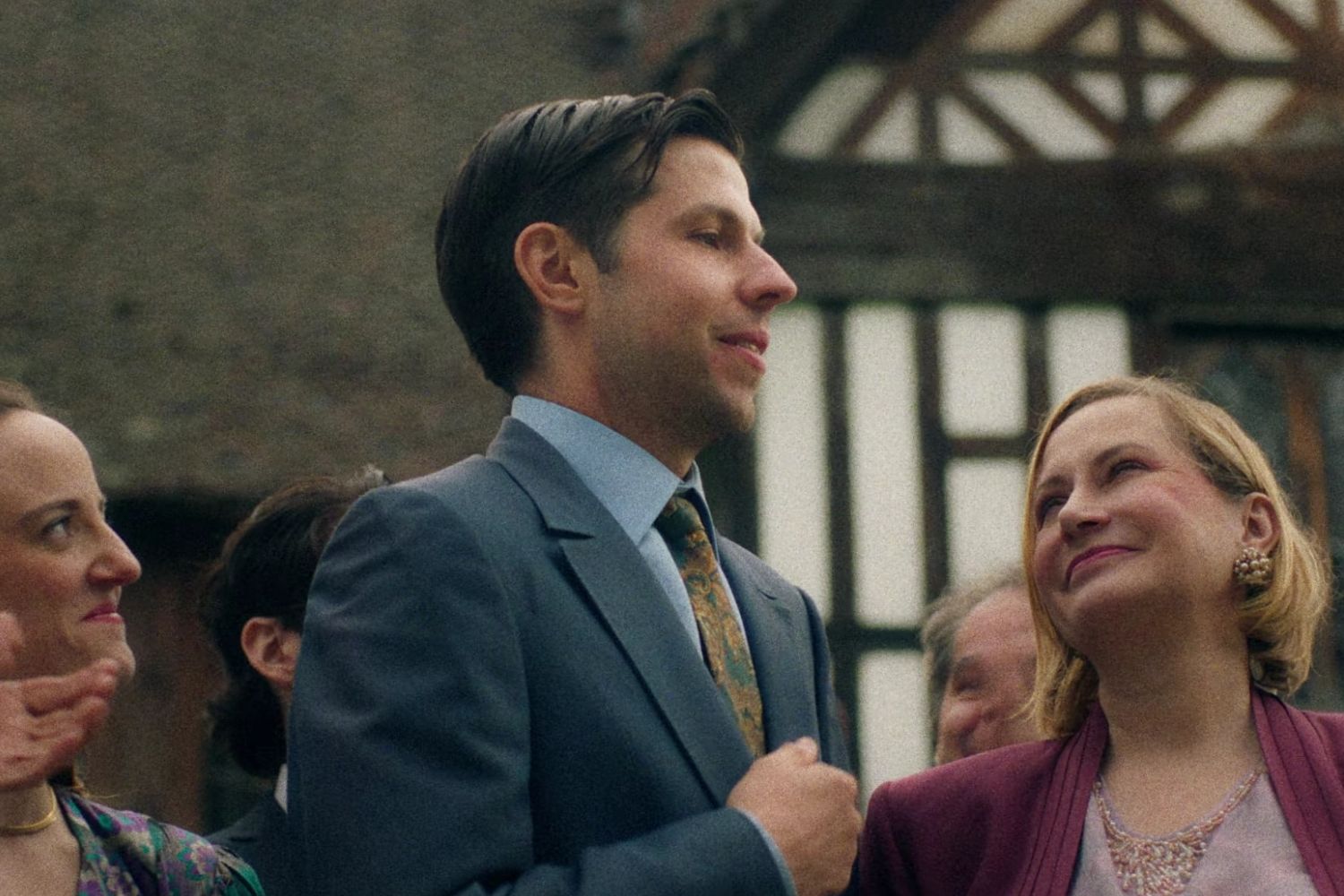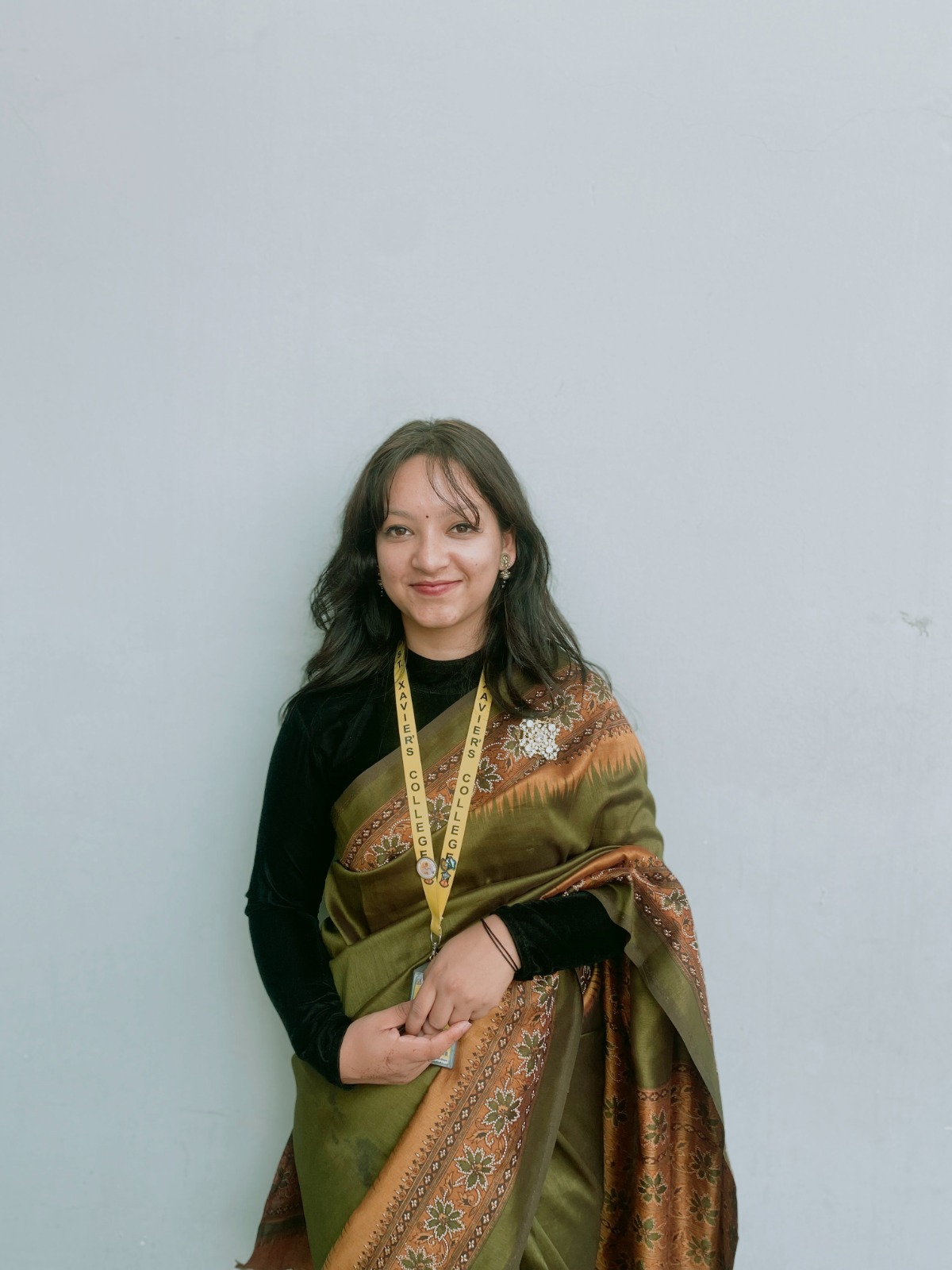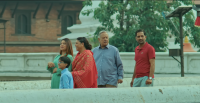Culture & Lifestyle
When fear speaks in metaphors
Three movies screened at Kathmandu Horror Film Fest look beyond monsters and gore, uncovering the quiet terrors of love, loss, and control.
Aarya Chand
A Year of Marriage
Set in 1991, ‘A Year of Marriage’ unfolds as a disturbing allegory on patriarchal control, gender roles, and domestic oppression. The story of Ana María and Juan Manuel begins with the arrival of a grotesque creature, a family relic that must be fed to ensure marital prosperity. From the outset, the film situates the domestic space as a site of both ritual and violence, where Ana’s obedience is continuously tested through punishment and surveillance. The creature, referred to as “He”, functions as a literal and symbolic manifestation of patriarchy—a parasite feeding on female submission.
Camargo López crafts a claustrophobic mise-en-scène dominated by dim lighting and unsettling sounds, particularly the creature’s incessant banging, which externalises Ana’s inner turmoil. The recurring act of feeding becomes a performative duty, aligning with American philosopher Judith Butler’s theory of gender performativity—identity sustained by repetitive social acts. Ana’s existence revolves around serving both her husband and the patriarchal order. The mother-in-law’s control and the ritualistic sexual act further expose how family and religion institutionalise female subjugation.
When Ana kills the creature, the act operates as resistance and liberation, a visual rupture in the domestic order. The final image of her untying the white ribbon in her hair signifies emancipation from marital and social constraints. The closing line, “To the both you,” undercuts the preceding violence with irony, exposing the hypocrisy of traditional matrimonial ideals.
Through its restrained horror and sharp visual symbolism, ‘A Year of Marriage’ critiques the cyclical nature of patriarchal dominance within the domestic sphere. While somewhat predictable in its resolution, the film succeeds in using horror as a visual language of social critique.
A Year of Marriage
Director: Pablo Camargo López
Cast: Ana Guzmán Quintero, Andrés Delgado, Mónica Dionne, Diana Becerril, María Penella, Enrique Arce Gómez
Language: Spanish
Year: 2025
Duration: 20 minutes

Waag (The Leopard)
Mukti Krishan’s ‘The Leopard’ uses the arrival of a wild creature in a city setting as a metaphor for the tension between human civility and primal forces. The film opens with a dedication, “To my cat Motilal,” an intimate gesture that situates the narrative in the space between affection and loss. The story of a leopard entering human space becomes a metaphor for the untameable aspects of the self and society that modernity seeks to suppress.
Through the guard’s recollection of killing the animal for protection, the film evokes the anthropocentric violence embedded within urbanisation. The children’s question, “Why didn’t you call the forest department?” critiques bureaucratic indifference and moral hypocrisy, echoing French philosopher Bruno Latour’s idea that modernity falsely separates nature and culture.
The film’s technical choices are particularly effective. Krishan deliberately slips between realism and allegory: the setting is recognisably urban and familiar, while the narrative fragments shift into the psychological realm of fear and paranoia. Visually, the film employs disruptive montage to mirror the internal state of its young protagonist, Apu—the familiar textures of daily life become charged with menace.
Symbolically, the leopard functions not only as “other” but as the repressed wildness of the urban psyche. The mother focuses on gossip instead of moral urgency, and the children naively ask, “Why didn’t you call the forest department?” These elements point to how modern society suppresses discomfort rather than engages it.
Though marketed as horror, ‘The Leopard’ leans towards psychological realism. Its unease stems not from the leopard’s threat but from human alienation and complicity. The film’s pacing is slow, but its visual grammar sustains moral tension.
Waag (The Leopard)
Director: Mukti Krishan
Cast: Sagar Deshmukh, Sharvari Patankar
Language: Hindi
Year: 2025
Duration: 19 minutes

Forever in My Heart
Obeid Uddin’s ‘Forever in My Heart’ approaches grief through the lens of obsession, black magic, and male guilt. Following Sid’s desperate attempt to resurrect his wife, Sammy, after a fatal car accident, the film delves into the psychological collapse of a man unable to accept mortality. The narrative oscillates between realism and supernatural horror, yet its most unsettling aspect lies in Sid’s irrational conviction that love can transcend death through control.
The film reveals the gendered dynamics of grief and possession. Sid’s insistence on resurrecting Sammy through occult rituals reflects a desire to dominate even in mourning—an echo of patriarchal entitlement disguised as devotion. Though intended to convey ritualistic authenticity, the use of Sanskrit chants feels forced, suggesting a superficial engagement with cultural spirituality rather than genuine depth.
Symbolically, the recurring image of corn farming evokes fertility and cyclical decay. The rural landscape contrasts with Sid’s inner desolation, while the “weeping village” becomes a site of liminality where life and death blur. Sammy’s eventual reappearance is grotesque and inhuman, visualising the return of the repressed, as psychoanalyst Freud’s unheimlich (the uncanny) materialises through her body. Her biting of her own finger collapses the boundary between love and violence, intimacy and horror.
The final act, in which Sammy kills Sid in the cornfield, completes the circle of his obsession, suggesting that his demise is both punishment and release. Uddin’s muted colour and the sound design communicate isolation and dread, though the narrative’s logic occasionally falters. Despite its uneven execution, ‘Forever in My Heart’ articulates grief as a destructive form of desire, where love becomes indistinguishable from control.
Forever in My Heart
Director: Obeid Uddin
Cast: Sagar Deshmukh, Sharvari Patankar
Language: Nepali
Year: 2025
Duration: 21 minutes





 8.12°C Kathmandu
8.12°C Kathmandu















